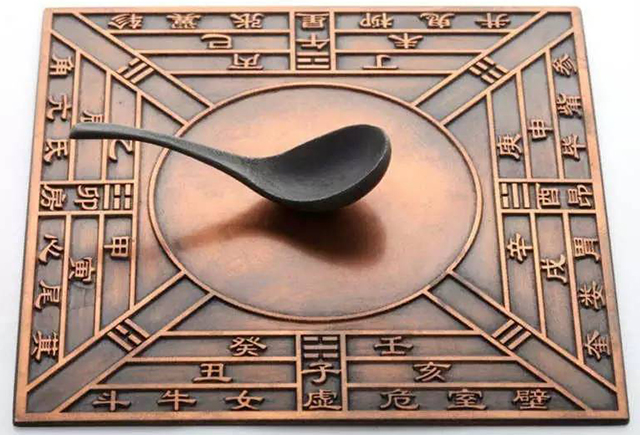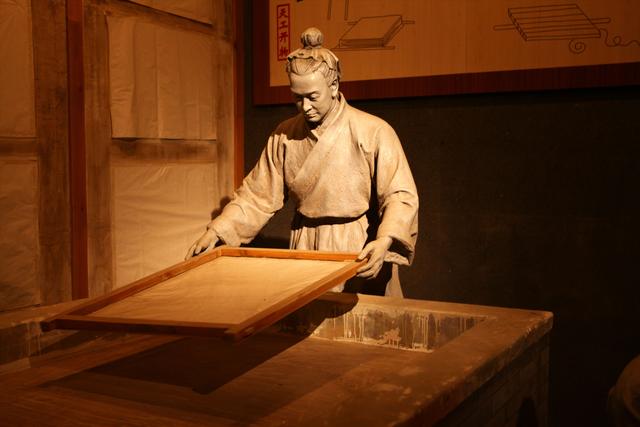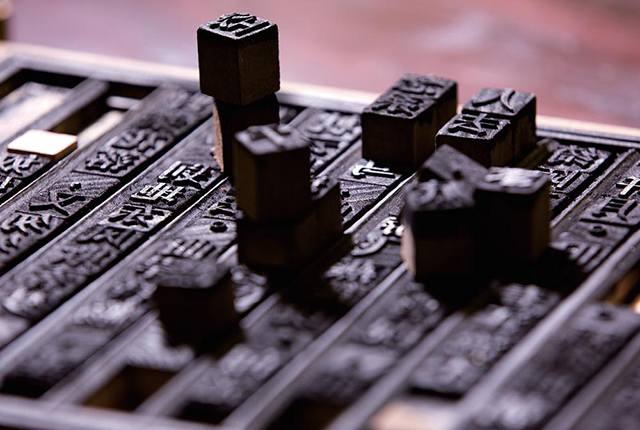The four inventions are a view of the history of science and technology in China. They refer to the four inventions that have a great influence on the world in ancient China. They are important creations of the working people of ancient China. They refer to papermaking, compass, gunpowder and printing. .Four Ancient Inventions In Ancient China are these:
1.Invention magnetic needle

China is recognized in the world as the country to invent the Compass. The invention of the compass is the result of the understanding of the magnetic properties of objects by the working people of ancient China in the long-term practice. Due to production labor, people came into contact with magnetite and began to understand the magnetic properties. People first discovered the nature of magnet attraction to iron, and later discovered the directionality of magnets. After many experiments and research, a practical compass was finally invented. The earliest compass was made of natural magnets, which shows that the ancient Chinese working people discovered natural magnets and their iron absorption very early. According to ancient records, during the Spring and Autumn Period and the Warring States Period, due to the great transformation period of the transition from slavery society to feudal society, the productive forces have developed greatly, especially the agricultural production is flourishing and developed, thus promoting the mining industry and smelting. The development of the industry. In the long-term production practice, people have known magnets from iron ore. The earliest compass was Sinan.
2.Invention paper

Papermaking is one of the four major inventions in China, an outstanding development in the history of human civilization.
Ming created. China is the first country in the world to raise silk and silk. In ancient China, the working people and other silkworms and silkworms were woven, and the remaining cockroaches and sickness were made from the silkworms. After the float is over, there will be some residuals left on the banquet. When the number of floats is increased, the residual fluff on the mat will accumulate as a layer of fiber flakes, which are peeled off after drying and can be used for writing. The number of by-products of this floc is not much, and it is called Hess or Square in ancient books. This shows that the origin of Chinese papermaking has a relationship with silk.
3.Invention gunpowder

A black or brown explosive consisting of potassium nitrate, charcoal and sulphur. It is initially made into a powder. It is usually made into granules of different sizes, which can be used for different purposes. Before using smokeless powder. , has been used as the only military propellant.
Gunpowder was invented by the ancient Chinese alchemists in the Sui and Tang Dynasties, and has been around for more than a thousand years. The study of gunpowder began in the ancient Taoist alchemy. The ancients refining the medicinal herbs for the sake of immortality. The purpose and motivation of alchemy are advanced, but its experimental methods still have merits, which led to the invention of gunpowder.
4.Invention printing

At present, the earliest engraving and printing finished product is a one-page version of the “Doroni” written by Sanskrit in India. The script was printed on linen paper, published between 650 and 670, and in the Tang Dynasty near Xi’an in 1974. The tomb was unearthed.
In 1966, archaeologists discovered a miniature “Doroni Sutra” in Korea, which contained the text of the Tang Dynasty empress Wu Zetian (about 690-705).
The scholars concluded that the passage was not earlier than 704, and was later treasured in a stupa built in the 751-year unified Silla era. However, the earliest general-sized printed and published books are known as the Diamond Sutra, which was published in the Tang Dynasty (618-907). The length of 5.18 meters (17 feet), the scroll format, can be traced back to the 9th lunar calendar of the Tang Dynasty, the 9th lunar calendar (that is, 868).